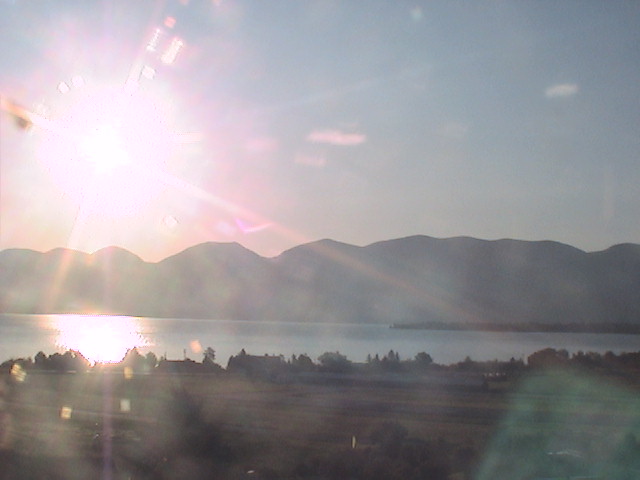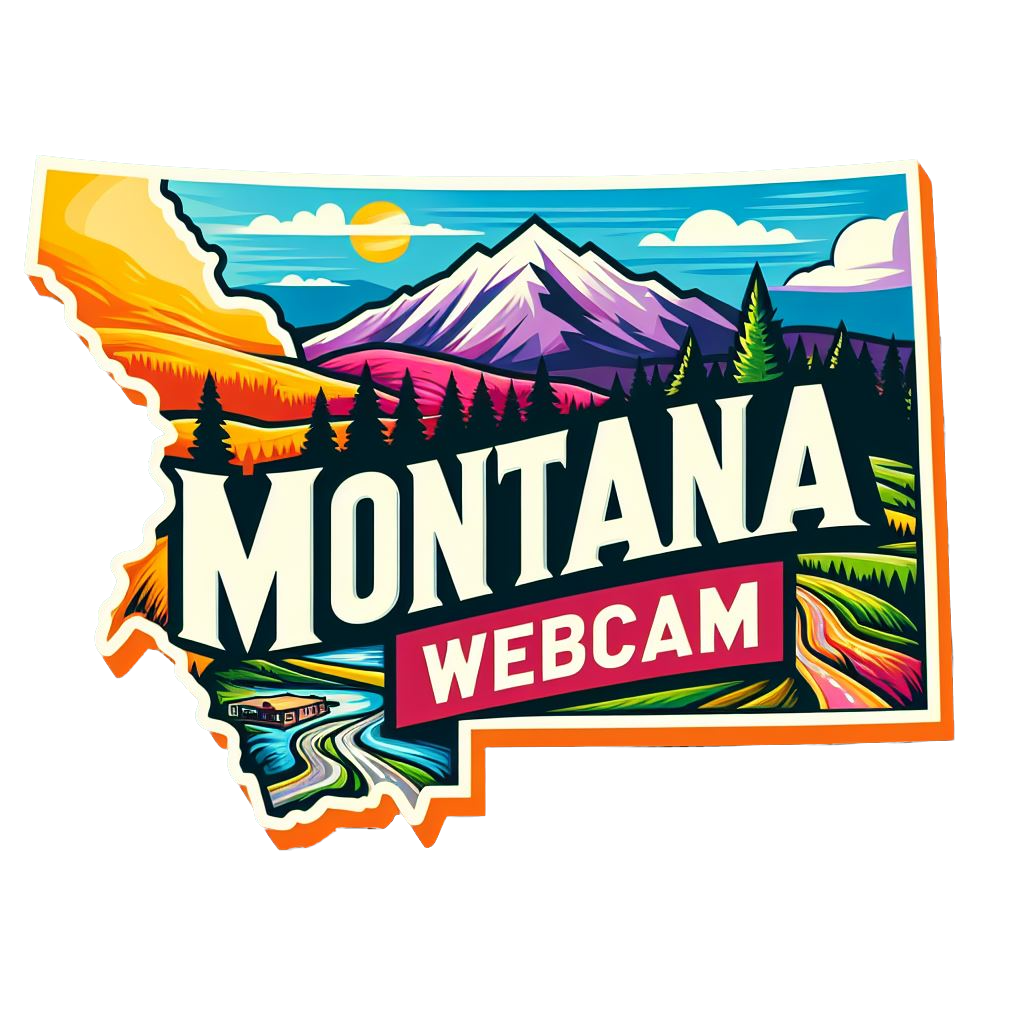Flathead Lake, MT Weather Cams
The Raven Cam
Flathead Lake Cam

Herring Landing Cam

Flathead Lake, Montana: A Storied History of Natural Splendor
Flathead Lake, MT Weather Cams. Flathead Lake, located in northwestern Montana, is the largest natural freshwater lake west of the Mississippi River. Its crystal-clear waters, stunning landscapes, and rich history make it a cherished landmark in the region. From its geological formation to its significance for indigenous cultures and its role in modern recreation, Flathead Lake has a fascinating story to tell.
Geological Origins
Flathead Lake’s origins date back millions of years to the last Ice Age. The lake was formed by the actions of glaciers, which carved out the basin and left behind a depression that would eventually fill with water. The retreat of the glaciers approximately 15,000 years ago created the lake’s current shape and depth, with the surrounding mountains providing a dramatic backdrop.
The lake covers an impressive 191 square miles and has a maximum depth of around 370 feet, making it one of the deepest and most voluminous lakes in the United States. Its pristine waters are fed by the Flathead River and numerous smaller streams, contributing to its exceptional clarity and purity.
Indigenous Peoples
Long before European settlers arrived, the Flathead Lake area was home to indigenous peoples, including the Salish, Kootenai, and Pend d’Oreille tribes. These tribes have lived in the region for thousands of years, relying on the lake and its surrounding lands for sustenance and cultural practices.
Flathead Lake and the surrounding area hold significant spiritual and cultural importance for these tribes. The lake provided a bountiful source of fish, while the fertile land around it supported hunting and gathering. The tribes also used the lake for transportation and trade, establishing networks that extended far beyond the region.
In 1855, the Hellgate Treaty established the Flathead Indian Reservation, encompassing much of the area around Flathead Lake. This treaty marked a significant moment in the history of the local tribes, as it altered their traditional ways of life and interactions with the land.
European Exploration and Settlement
The first recorded European exploration of the Flathead Lake region occurred in the early 19th century. In 1809, explorer David Thompson of the North West Company navigated through the area, documenting its natural beauty and resources. His accounts, along with those of other explorers and fur traders, piqued the interest of settlers and entrepreneurs.
By the mid-19th century, European settlers began to establish homesteads around the lake. The fertile land and abundant natural resources attracted farmers, ranchers, and loggers. The settlement of the region was further spurred by the completion of the Northern Pacific Railway in the 1880s, which facilitated access and transportation.
The Flathead Lake Monster Legend
One of the more intriguing aspects of Flathead Lake’s history is the legend of the Flathead Lake Monster. Local Native American folklore tells of a creature inhabiting the lake, often described as a large serpent or eel-like being. The legend gained wider attention in the 1880s when steamboat captain James C. Kerr reported seeing a 30-40 foot creature in the lake.
Since then, numerous sightings have been reported, contributing to the mystique and allure of Flathead Lake. While no scientific evidence has confirmed the existence of the monster, the legend remains a captivating part of the lake’s cultural history.
Development and Tourism
The early 20th century saw significant development around Flathead Lake. The construction of roads, including the completion of the Flathead Lake Highway in the 1920s, improved access and encouraged tourism. The establishment of small towns and communities along the lake’s shores, such as Polson, Bigfork, and Lakeside, further enhanced its appeal as a recreational destination.
Tourism became a major industry, with visitors drawn to the lake’s clear waters, scenic beauty, and abundant outdoor activities. Boating, fishing, swimming, and camping became popular pastimes, and the lake’s reputation as a premier vacation spot grew. Resorts, lodges, and campgrounds sprang up to accommodate the influx of tourists.
Conservation Efforts
The growing popularity of Flathead Lake brought attention to the need for conservation and environmental protection. Efforts to preserve the lake’s pristine condition and natural beauty have been ongoing for decades. In 1938, the establishment of the Flathead Lake Biological Station by the University of Montana marked a significant step in scientific research and conservation.
The station conducts vital research on the lake’s ecosystem, monitoring water quality, studying native and invasive species, and promoting sustainable practices. These efforts are crucial in maintaining the health and biodiversity of Flathead Lake.
In recent years, the introduction of invasive species, such as zebra mussels, has posed a threat to the lake’s ecosystem. Local and state agencies, along with community organizations, have implemented measures to prevent the spread of these species and protect the lake’s delicate balance.
Modern-Day Flathead Lake
Today, Flathead Lake remains a beloved destination for both residents and visitors. Its clear waters, framed by the majestic Rocky Mountains, continue to captivate all who experience its beauty. The lake supports a vibrant recreational industry, with numerous marinas, rental facilities, and guided tours available for tourists.
The surrounding communities, with their charming downtowns, art galleries, and restaurants, offer a welcoming atmosphere and a taste of Montana’s unique culture. Annual events, such as the Flathead Lake Cherry Festival and the Polson Main Street Flathead Cherry Festival, celebrate the region’s agricultural heritage and community spirit.
Conclusion
Flathead Lake, Montana, is more than just a body of water; it is a living testament to the region’s geological history, cultural heritage, and natural splendor. From its ancient formation to its role as a modern recreational paradise, Flathead Lake has woven a rich tapestry of stories and experiences. Its enduring appeal lies in its ability to connect people with nature, history, and each other, making it a true treasure of the American West.
For more information, visit the official Flathead Lake, MT website.
